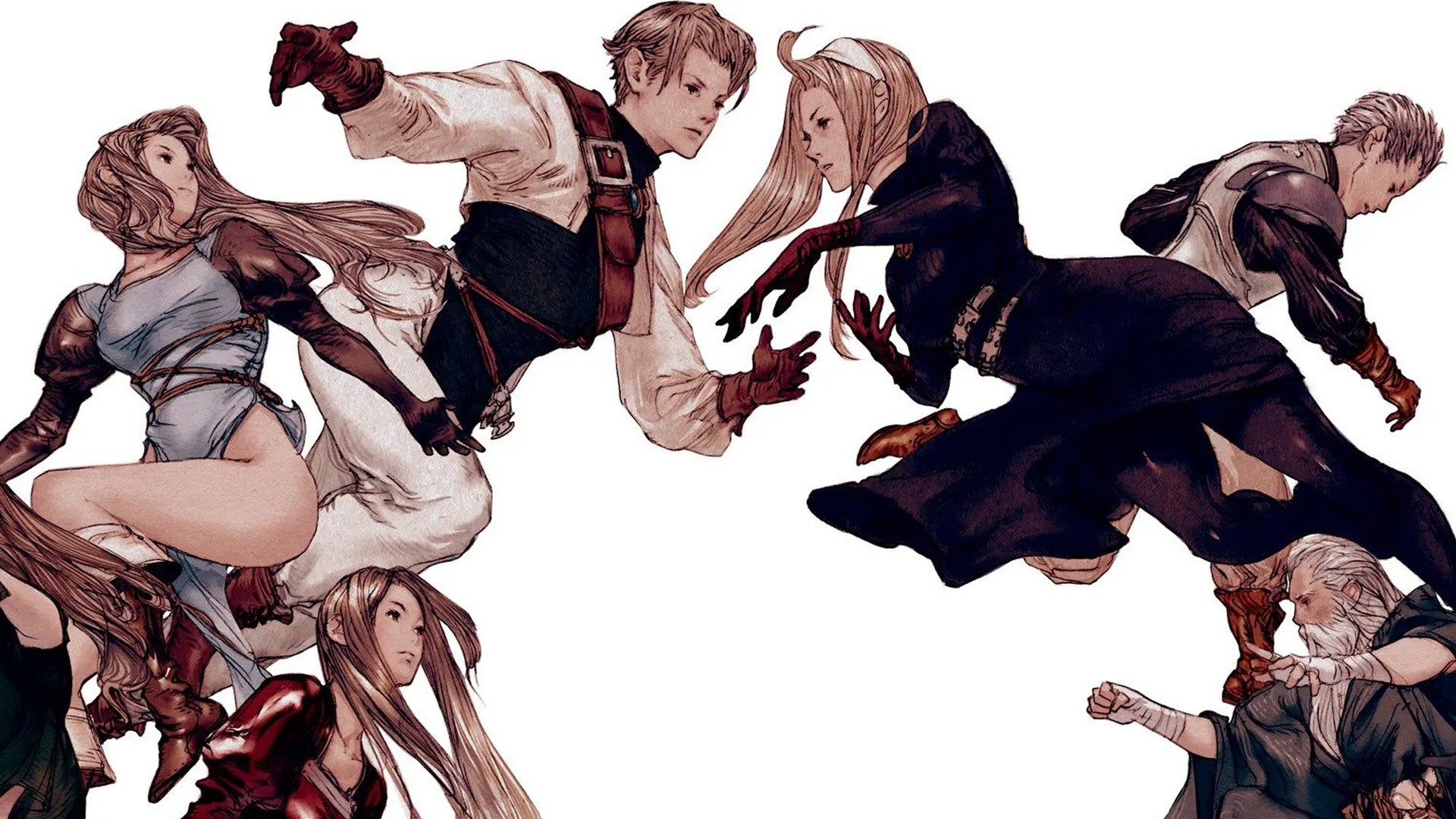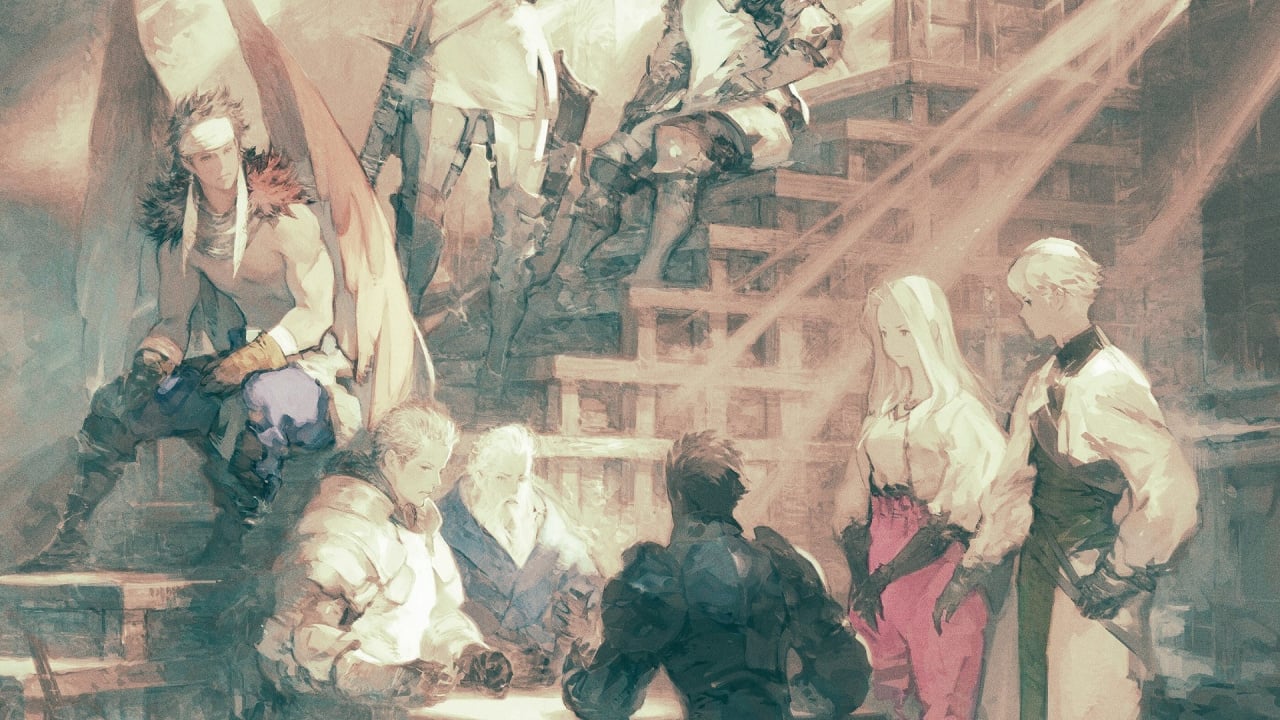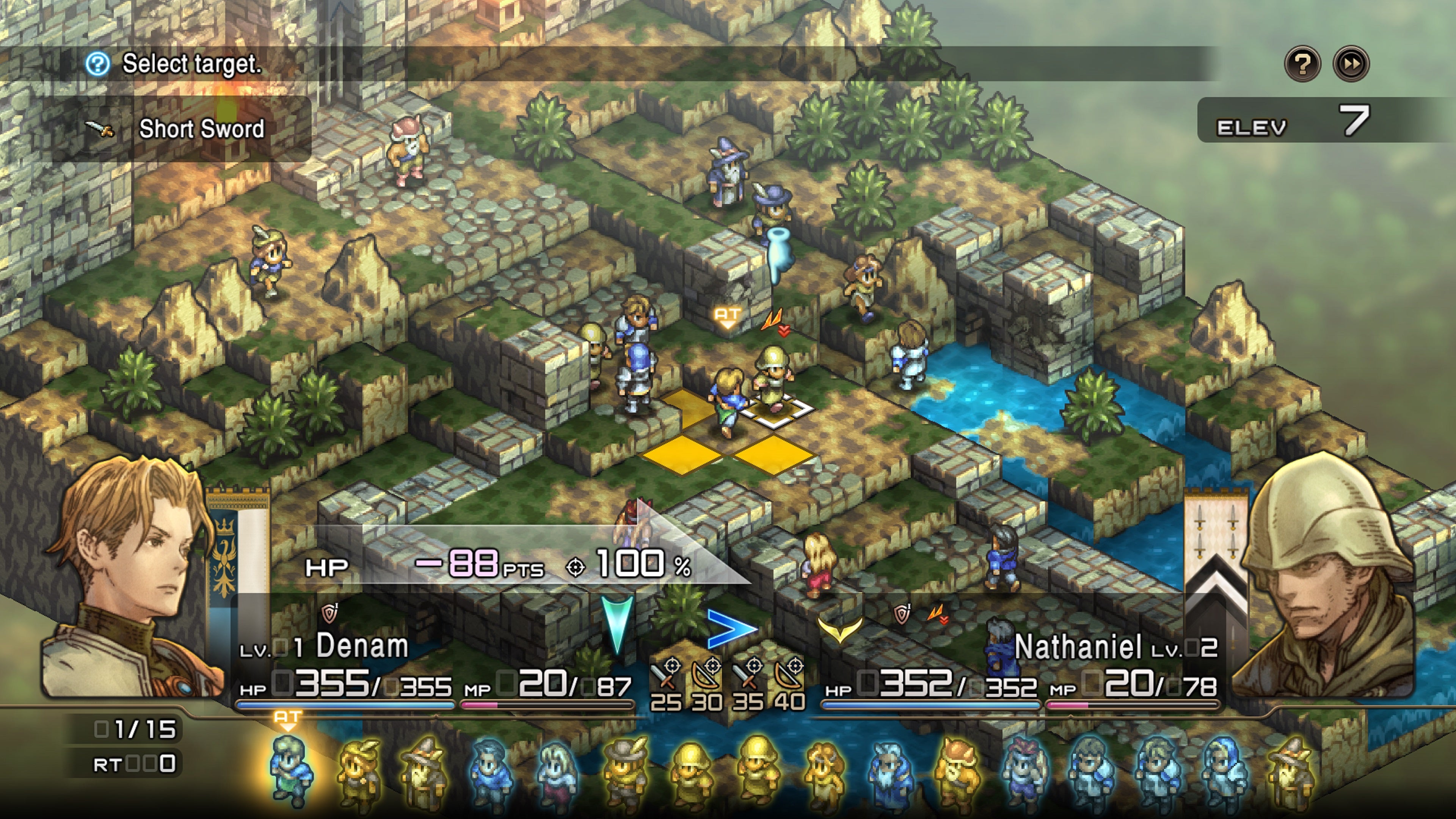The main difference you’re going to enjoy if you’re a returning fan of Tactics Ogre is the way Square Enix has removed barriers to play. In Reborn, there are fewer gates that bar you from playing in certain ways – yes, mages, wizards, rune fencers and similar classes can only use magic, but skills and equipment are more global. This means that gear you loot on the battlefield (and pick up in shops) can be given to your units more readily, and your fights slightly more balanced from the off. New skills have been added, too. These generally make the game feel more modern, and more in line with tactics games you’d play today. Want to position yourself either side of an enemy and squeeze them, pressuring them into defeat or surrender? Go ahead; a new Pincer Attack skill on your melee units will make that seem like a more viable tactic, and you’ll be corralled into moving units together so they can more readily dish out death. Once you’re ready to finish off that flying bastard that’s been sniping your healers, you can switch to a Finishing Move. These are no longer powered by the redundant TP meter, but rather by your MP – a universal resource now in charge of powering up magic, skills, and Finishing Moves (making it feel more like stamina, and giving you one less thing to worry about). AI has seemingly been reprogrammed, and that’s handy, because you can make certain characters in your army auto-battle. This means you can make all your archers, say, automatically target enemies from afar so you can dedicate your time to managing melee and healing units, and speed up the less interesting battles to some degree. Enemies will use skills, and guest characters will do things slightly more intelligently than they would in the original game – and that makes this already tricky game even harder if you don’t approach your skirmishes with a game plan. Graphically, there’s little you can do to improve on the pixel-y, blocky aesthetic that the 1990s era strategy games traded on: there’s some smoothing that makes it all work quite well on your Switch OLED or 4K TV, and the menus have been zhuzhed up a little to make them more readable and (a little) less confusing. By adding in Charms – items that let you switch the elemental affinity of your troops, or gift XP to them – there are plenty of quality of life changes, here, that make Tactics Ogre: Reborn feel like a game that was released in the last 10 years. It feels a long way from its proper 25-year-old self, in a good way. And you know what that makes me think of? The other, upcoming PSP remaster, Crisis Core: Final Fantasy 7 Reunion. Yes, the selling point of both games is different – Tactics Ogre is all about systems upgrades whilst Reunion is all about those flashy visual developments – but the quality and thought that’s been put into this shiny, new version of Tactics Ogre: Let Us Cling Together demonstrates Square Enix does know how to do a proper rerelease. Despite the various pieces of evidence we have to the contrary. But maybe this is the start of a new arc for Square Enix. Now that the publisher has shit-canned all its Western fare, maybe we can expect more care and attention to be lavished on the old Japanese classics. This is a remake and rerelease on par with the Final Fantasy 8 Remaster, as far as I’m concerned, and I think it bodes extremely well for the modernised build of Crisis Core that we’re going to see crater onto modern consoles and PC in December this year. Seven hours in, Tactics Ogre: Reborn has got me more excited for Square Enix’s future than I have been in a long, long time. Tactics Ogre: Reborn comes to PlayStation 4, PlayStation 5, Nintendo Switch, and PC on November 11.


